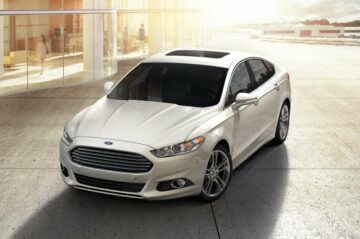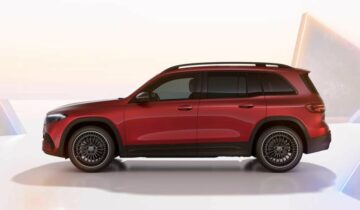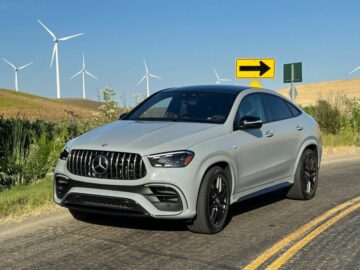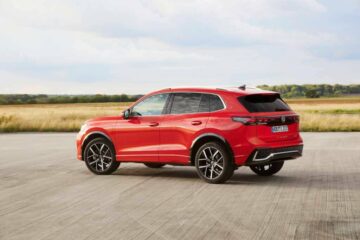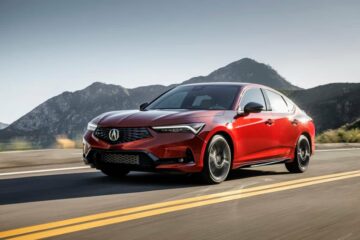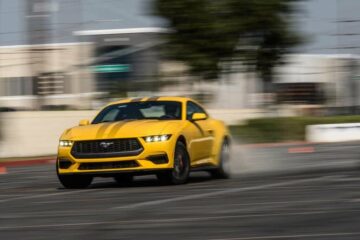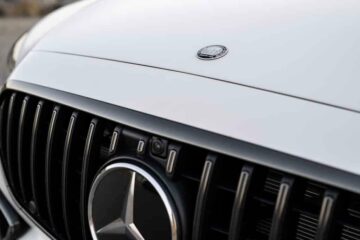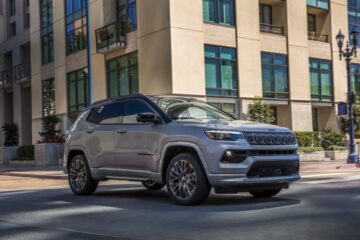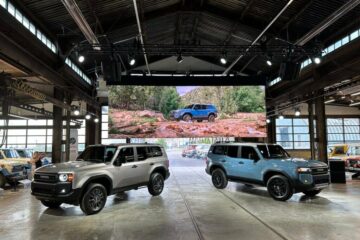Kia expects to make a big splash at the New York International Auto Show next month as it rolls out its all-new EV9, the all-electric counterpart of its wildly popular Telluride SUV. Auto show fans will see a handful of other notable product debuts at NYIAS, but nowhere near as many as in pre-pandemic times. And those who visit the how will find a number of familiar brand names, such as BMW, absent from the Jacob Javits Convention Center.
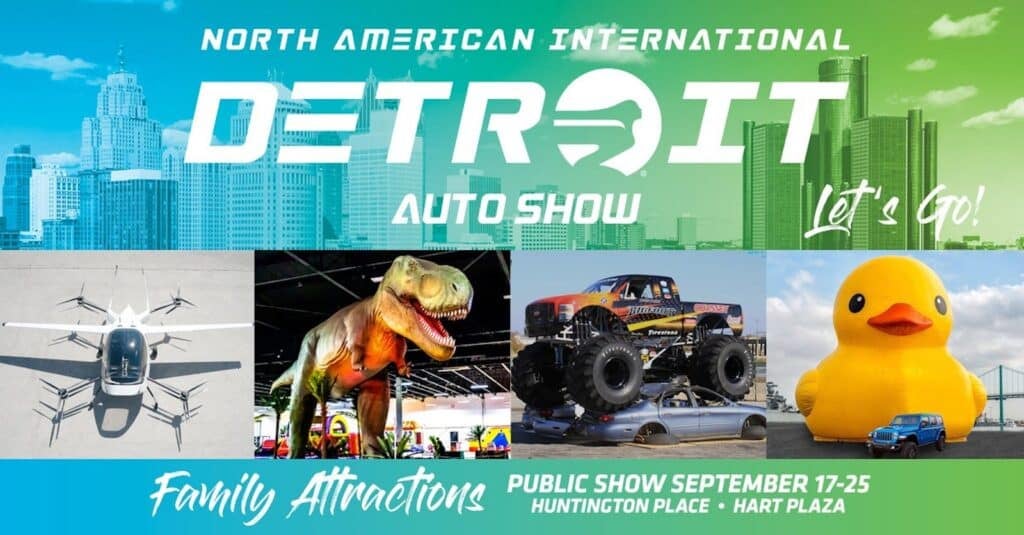
The Big Apple event isn’t alone among major U.S. auto shows undergoing existential change. Certainly, from a media perspective, the recent Detroit, Chicago and Los Angeles shows were shadows of their former selves. Where the Motor City’s North American International Auto Show (NAIAS) once hosted the debut of as many as 70 new products in a three-day media preview, there were barely a half-dozen introductions of note last September, Chicago boasting no more.
Yet, where it’s become conventional wisdom in some circles to predict the demise of the auto show, organizers have reason to argue otherwise. They might lift Mark Twain’s reported response to his obituary mistakenly published by the old New York Journal: “The reports of my death are greatly exaggerated.”
Change or die
“As a venue for new product introductions, auto shows are declining,” said Ed Kim, president and chief analyst with consulting firm AutoPacific, Inc. “But as for consumers, auto shows remain an important and pressure-free way to go look at what’s in the market.” If anything, he anticipates, auto shows could become even more important for potential car buyers due to major changes in the business: the shift to online retailing and the emergence of electric vehicles.
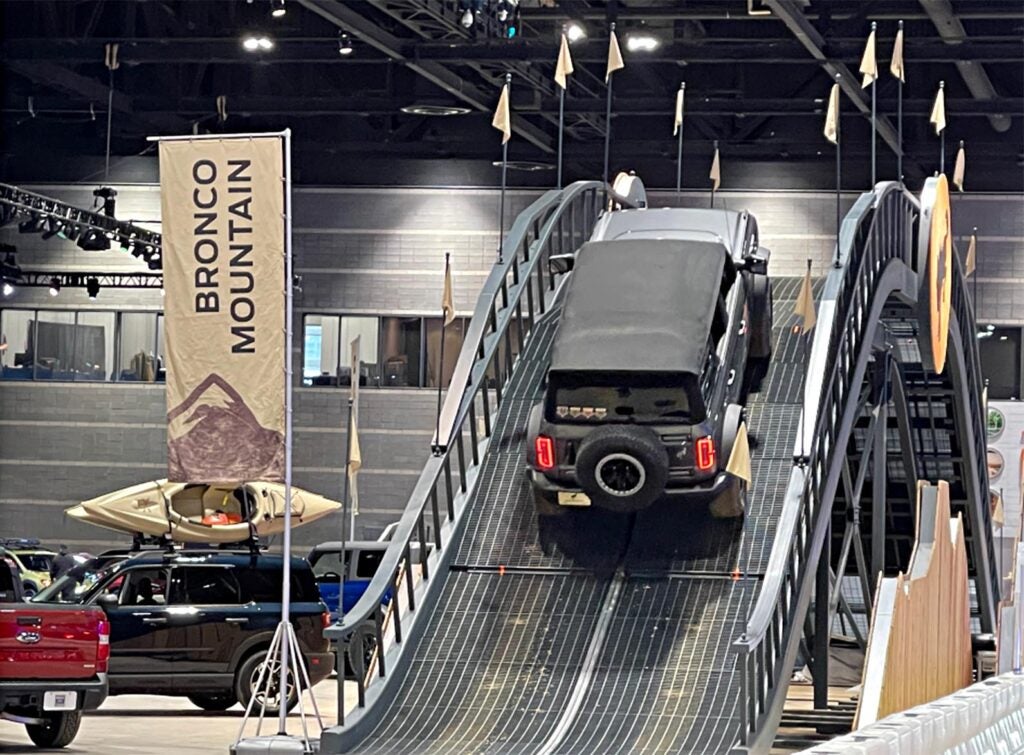
There’s no question that automakers have slashed the number of new car launches staged at the major auto shows in both the U.S. and abroad. Add all of the current season’s previews in New York, Chicago, Los Angeles and Detroit together and there will be fewer than was the annual norm in the Motor City alone.
And a sizable number of manufacturers have pulled out entirely, Mercedes-Benz, for one, not even placing a stand at one of the big shows this year. Others, like BMW, have had a presence only where local dealers were willing to foot the bill.
High costs
And the cost of having a presence at a major auto show can be hefty. In New York and Detroit, two of the most expensive of these events, even a small display has typically runs into the seven-figure range. And the more lavish product debuts can top $5 million. A turn-of-the-Millennium extravaganza staged by Ford at the Geneva Motor Show was reported to have cost as much as $25 million — a figure the automaker has neither confirmed nor denied.
Such numbers are harder to justify anymore, several industry marketing executives told TheDetroitBureau.com, as the industry has more alternatives available. During the pandemic, manufacturers like General Motors, Ford, Hyundai and Toyota launched a number of new products using media and consumer webcasts, often generating a substantial number of “eyeballs.” Jaguar is one of several marques that have set up its own traveling road shows.
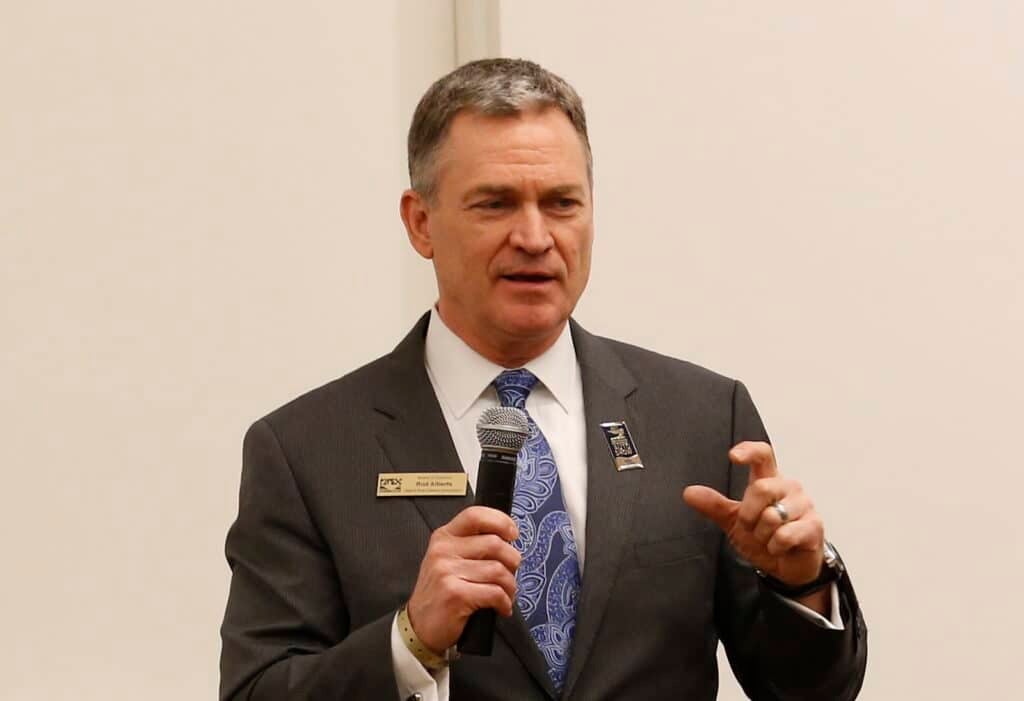
“(Car) shows have their place and they’re important, but you can’t keep doing it the same way,” said Rod Alberts, president of the Detroit Auto Dealers Association, the organizer of NAIAS.
Shifting focus
Last autumn’s Detroit auto show offered a look at what that might mean.
By traditional metrics, NAIAS was clearly struggling, with a sizable number of traditional brands, including most European luxury marques, absent. And there were even fewer media debuts — though one stood out and offered a hint of the new direction that Alberts’ team has laid out.
The unveiling of an all-new Mustang drew massive attention and a mix of media and pony car fans as the event was staged outdoors, at a riverfront park alongside the Detroit convention center.
Last month’s Chicago Auto Show added another wrinkle. Again, a number of once-familiar brands were no-shows. But many of those that did were able to take advantage of the vast space available inside the McCormick Place convention center where seven different test tracks were set up. They offered showgoers not only the opportunity to look at the latest offerings from brands like Ford, Toyota, BMW and Jeep, but also to actually go for a ride in them.
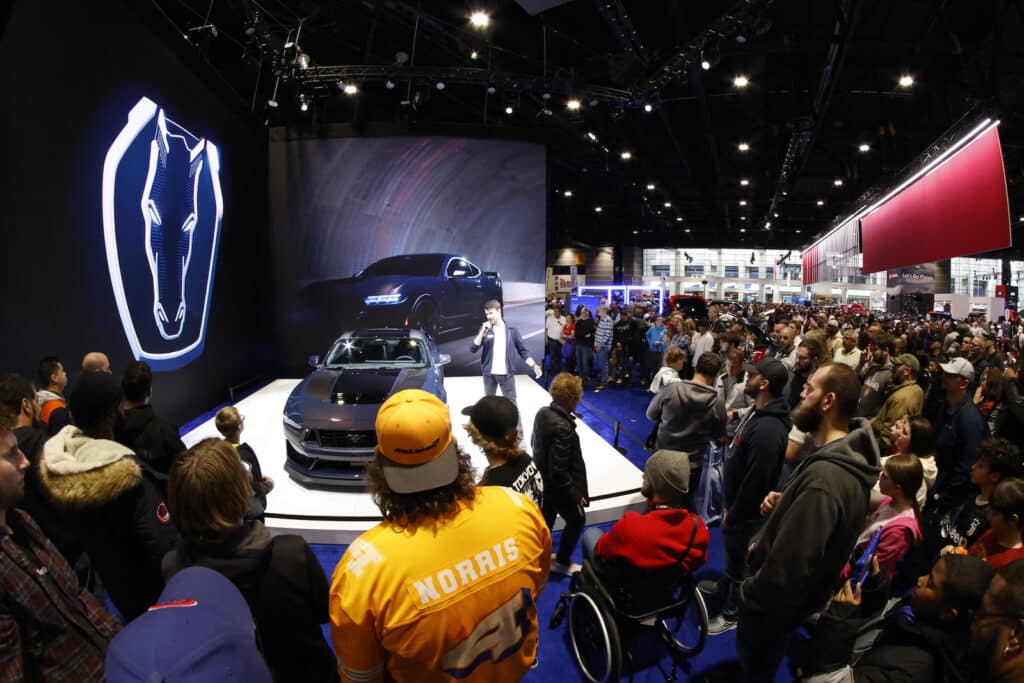
Taken for a ride
At Chicago, Jeep logged the 3 millionth showgoers to try out its test track since it began offering rides 20 years ago. This year, the updated track featured an aggressively steep 45-degree climb to demonstrate the prowess of products like the Jeep Wrangler.
“We love auto shows because it’s a great way to connect with Jeep customers who haven’t seen or experienced our new products,” said brand boss Jim Morrison. In Chicago, potential buyers had the chance to test a 20th anniversary special edition of the most rugged Wrangler, the new Rubicon.
Ford, meanwhile, had a short drag strip to check out the neck-snapping power of its F-150 Lightning pickup. Another track allowed visitors to drive a variety of all-electric vehicles.
Shifting dollars
“Marketing dollars are shifting to experiential opportunities, rather than static displays,” said Jennifer Morand, the show’s co-manager and co-president of the Chicago Automotive Trade Association.
That’s the key to making auto shows relevant again, agreed analyst Ed Kim during a telephone interview. They will continue to draw in large crowds — indeed, may grow bigger than ever — by addressing the big changes sweeping through the automotive world.
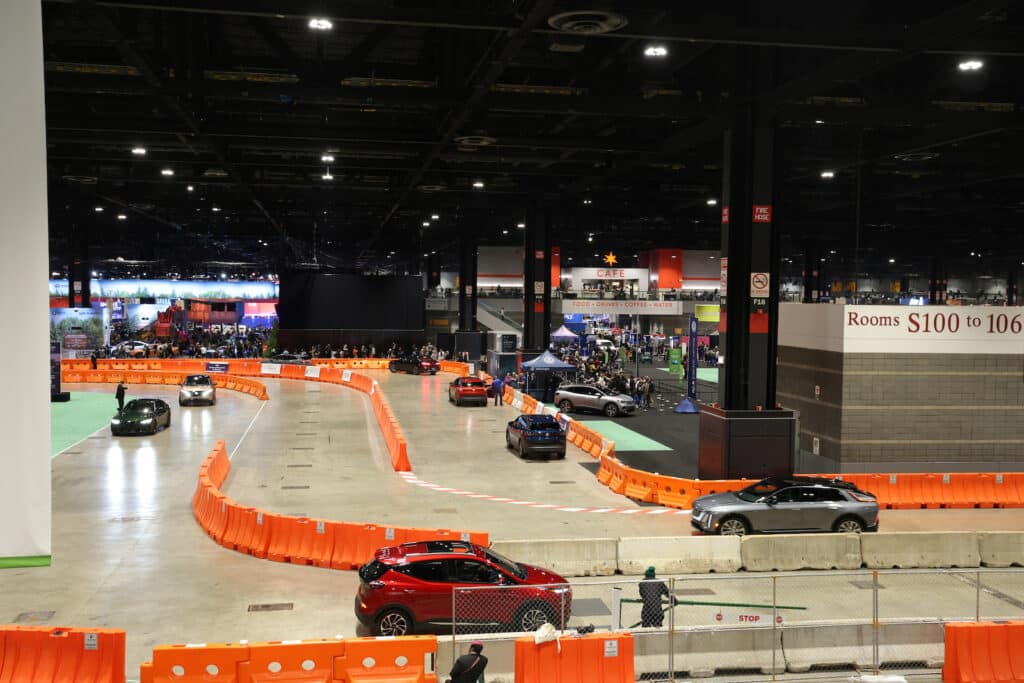
Keeping up with a changing automotive world
Even before the pandemic, automakers were promoting online buying as an option for buyers familiar with digital retailers like Amazon. COVID accelerated the rate of adoption by several years, according to former General Motors marketing chief Mark LaNeve. Add the fact that manufacturers now are demanding that potential customers place online reservations, in some cases, more than a year before vehicles like the F-150 Lightning and Cadillac Lyriq actually reach showrooms.
“There’s all kinds of convenience to buying online,” said Kim, “but I’m not sure we’re ready for people to just go online and buy a car. (Many) people still need to touch and feel the vehicle. Auto shows provide what no dealer visit can, the ability to see a variety of different, competing models side-by-side in a short span of time.”
Auto shows also can help potential buyers still wary of switching over to electrified and, especially, all-electric models, said Kim, if they provide driving opportunities — whether on indoor tracks or on short, outdoor loops as were available for some EVs in Detroit and Los Angeles.
“The vast majority of the public has never experienced an EV, the torque, the quietness, the interior improvements. This is where experiential marketing becomes such an important tool.”
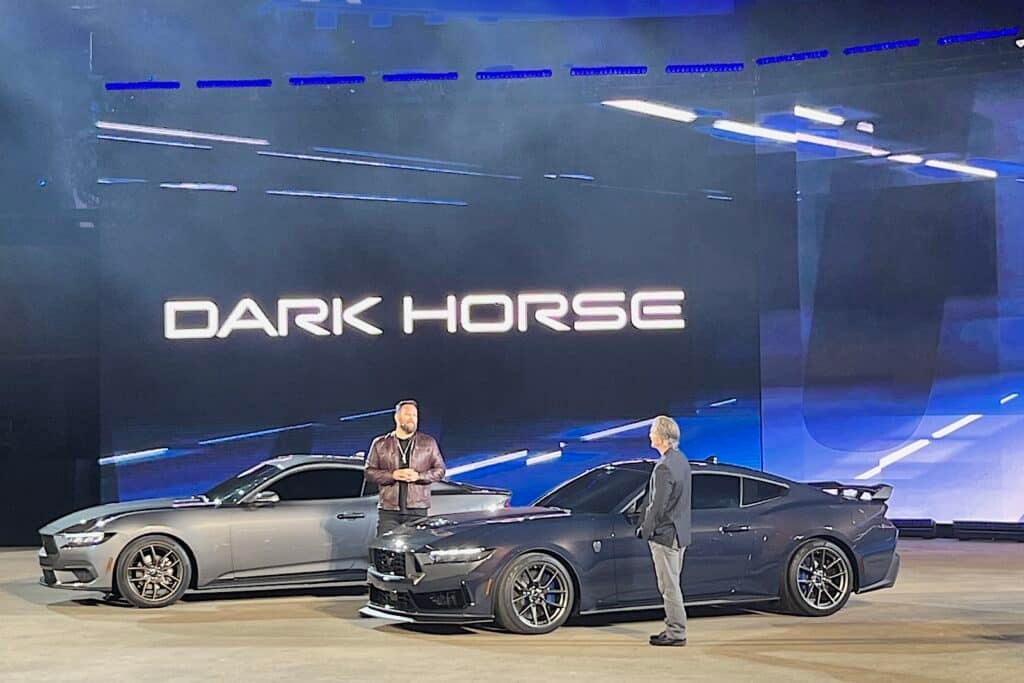
Auto show alternatives
Not everyone is convinced that traditional auto shows are the best route to show off new technology. Toyota is one of a number of manufacturers supporting the new Electrify Expo, a sort of traveling auto show that focuses exclusively on clean technology. To expand its appeal, especially for families, the Expo is set up much like a carnival with entertainment for kids who might otherwise get bored with test drives.
But such green-focused shows tend to attract only those motorists already interested in going electric, several observers told TheDetroitBureau.com. Conventional auto shows “have the opportunity to capture people who might not even think they were interested in EVs yet,” said Kim.
The only constant is change
It’s too early to see what auto shows will evolve into — but everyone from organizers to analysts to auto executives agree that change is necessary. That’s likely to mean lower costs for manufacturers, as well as a broader focus on experiential exhibits.
Expect to see far fewer new car previews and some brands simply aren’t likely to return to the auto show circuit. But for those who stay loyal, the payoff could be substantial at a time when the industry itself is going through some of the most dramatic changes since the first auto shows took place at the dawn of the 20th Century.
- SEO Powered Content & PR Distribution. Get Amplified Today.
- Platoblockchain. Web3 Metaverse Intelligence. Knowledge Amplified. Access Here.
- Source: https://www.thedetroitbureau.com/2023/03/auto-shows-reports-of-their-death-has-been-greatly-exaggerated/
- :is
- $UP
- 20 years
- 2017
- 2022
- 2023
- 2024
- 70
- a
- ability
- Able
- absent
- accelerated
- According
- actually
- Ad
- added
- addressing
- Adoption
- ADvantage
- All
- all-electric
- all-electric vehicles
- alone
- alongside
- already
- alternatives
- Amazon
- American
- among
- analyst
- Analysts
- and
- Angeles
- Anniversary
- annual
- Another
- appeal
- Apple
- ARE
- argue
- AS
- Association
- At
- attention
- auto
- automakers
- automotive
- available
- BE
- because
- become
- becomes
- before
- began
- believes
- BEST
- Big
- bigger
- Bill
- BMW
- Bored
- BOSS
- brand
- brands
- broader
- business
- buy
- buyers
- Buying
- by
- Cadillac
- CAN
- capabilities
- capture
- car
- Carnival
- cases
- Center
- Century
- certainly
- Chance
- change
- Changes
- changing
- check
- chicago
- chief
- circles
- City
- clearly
- climb
- Close
- club
- COM
- competing
- CONFIRMED
- Connect
- constant
- consulting
- consumer
- Consumers
- continue
- convenience
- Convention
- conventional
- Cost
- Costs
- could
- Covid
- Current
- Customers
- Dark
- dealer
- Death
- Debuts
- Declining
- demanding
- demonstrate
- DID
- different
- digital
- direction
- Display
- displays
- doing
- dollars
- dramatic
- drive
- driving
- during
- Early
- Economic
- ed
- edition
- Electric
- electric vehicles
- emergence
- Entertainment
- entirely
- especially
- Ether (ETH)
- European
- EV
- Even
- Event
- events
- EVER
- everyone
- evolve
- exclusively
- executives
- exhibits
- existential
- Expand
- expects
- expensive
- experienced
- experiential
- Experiential Marketing
- Expo
- familiar
- families
- fans
- far
- featured
- Figure
- Find
- Firm
- First
- Focus
- focuses
- Foot
- For
- For Consumers
- Ford
- Former
- from
- future
- General
- General Motors
- generating
- Geneva
- get
- Go
- going
- great
- greatly
- Grow
- handful
- Have
- having
- help
- Highlighted
- Horse
- host
- hosted
- How
- HTTPS
- Hyundai
- important
- improvements
- in
- Inc.
- Including
- Indoor
- industry
- interested
- interior
- International
- Interview
- Introduction
- introductions
- IT
- ITS
- itself
- jaguar
- January
- jeep
- Jennifer
- Jim
- journal
- jpg
- Keep
- Key
- kids
- Kim
- Kind
- large
- Last
- latest
- launched
- launches
- Lavish
- lightning
- like
- likely
- local
- Look
- looking
- los
- Los Angeles
- love
- loyal
- Luxury
- major
- Majority
- make
- Making
- Manufacturers
- many
- mark
- Market
- Marketing
- massive
- max-width
- Meanwhile
- Media
- Metrics
- Michigan
- might
- million
- model
- models
- Month
- more
- most
- Motor
- Motors
- names
- Near
- necessary
- Need
- Neither
- New
- new product
- new products
- New York
- news
- next
- North
- notable
- number
- numbers
- obituary
- of
- offered
- offering
- Offerings
- Old
- on
- ONE
- online
- opportunities
- Opportunity
- Option
- organizers
- Other
- Others
- otherwise
- Outdoor
- outdoors
- own
- pandemic
- Park
- People
- perspective
- Pickup
- Place
- placing
- plato
- Plato Data Intelligence
- PlatoData
- Plenty
- Pony
- Popular
- potential
- power
- predict
- presence
- president
- Preview
- Previews
- Product
- Products
- promoting
- provide
- prowess
- public
- published
- question
- range
- Rate
- rather
- reach
- ready
- reason
- recent
- relevant
- remain
- Reported
- Reports
- response
- retailers
- retailing
- return
- Ride
- road
- Role
- rolls
- Route
- s
- Said
- same
- September
- set
- seven
- several
- shift
- SHIFTING
- Short
- show
- Shows
- simply
- since
- sizable
- small
- some
- Space
- span
- special
- stand
- stay
- Still
- Strip
- Struggling
- substantial
- such
- Supporting
- Take
- team
- Technology
- test
- that
- The
- their
- Them
- These
- Think
- this year
- three-day
- Through
- time
- times
- to
- together
- too
- tool
- top
- touch
- toyota
- track
- trade
- traditional
- Traveling
- typically
- u.s.
- unveiling
- updated
- variety
- Vast
- vehicle
- Vehicles
- Visit
- visitors
- Way..
- WELL
- What
- whether
- WHO
- will
- willing
- wisdom
- with
- world
- year
- years
- zephyrnet

